The History of the Piano in Austria
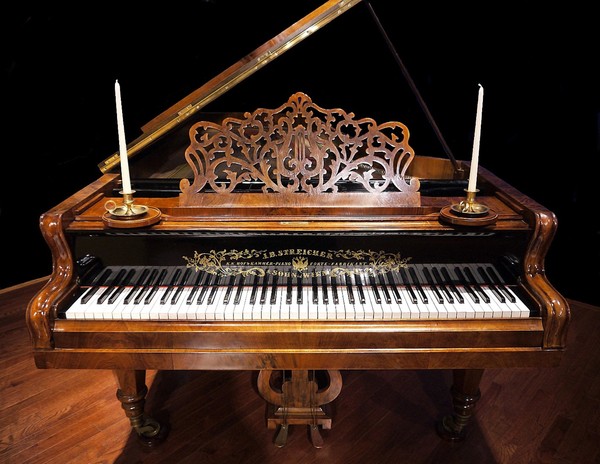
[아츠앤컬쳐] 음악가들이 하프시코드의 음량에 만족하지 못하자, 이탈리아의 바르톨로메오 크리스토포리는 해머로 당기는 방식의 악기를 만들어 클라비에(건반악기)라고 불렀다. 최초의 피아노는 1700년 경에 제작되었다. 1700년 중반부터 많은 작곡가들이 새로운 피아노를 위한 곡을 쓰기 시작했다. 모차르트는 1781년 6월 2일 비엔나에서 잘츠부르크에 있는 아버지에게 쓴 편지에서 “확실히 비엔나는 건반악기의 땅”이라고 말했다.
이 시기 고트프리트 실베르만과 요한 안드레아스 슈타인이 피아노의 기능을 완성했는데 그 전신인 하프시코드, 클라비 코드, 스피넷보다 우수했다. 모차르트는 1777년 10월 파리여행에서 슈타인의 피아노를 경험했는데, 곧 비엔나에서 가장 인기 있는 피아노가 되었다. 슈타인의 딸 나네트는 음향전문가 요한 안드레아스 슈트라이허와 결혼하고 1794년 비엔나로 이주하여 피아노 공장을 세웠다.
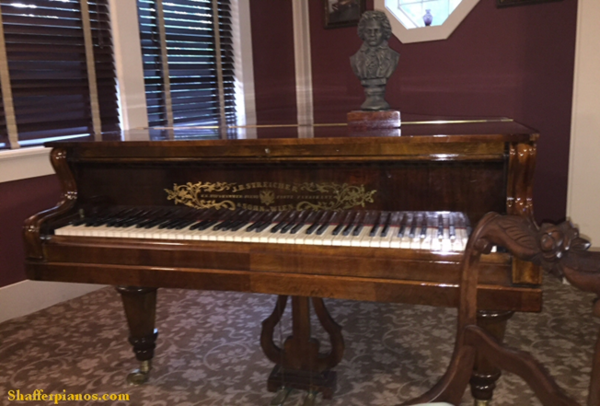
1770년~1830년에 비엔나에 200명 이상의 피아노 제작자와 약 300 명의 피아노 교사가 있었다. 그중 발터는 비엔나 고전주의 시대에 가장 중요한 피아노 제작자로 하이든, 모차르트, 베토벤, 슈베르트에게 인정받았다. 당시 피아노는 ‘쿤스트히스토리셰스 박물관’(역사박물관)의 악기 컬렉션과 ‘테크니셰스 박물관’(기술박물관)에서 볼 수 있다.
1778년부터 레오폴트 코젤루흐는 비엔나에 본부를 두고, 피아노 발전에 큰 역할을 했다. 모차르트는 잘츠부르크에 있는 동안 이미 피아노곡을 작곡했고, 1782~1788년에 비엔나에서 18개의 피아노협주곡을 썼다.
1792년 루트비히 판 베토벤이 그의 집을 비엔나로 옮겼을 때, 새 피아노 붐이 일었다. 1795년 12월에 그는 그의 피아노협주곡 op.19를 연주했다. 베토벤은 교사로서도 높이 평가되었고, 그의 제자 중에 카를 체르니도 피아노 교사로 베토벤의 아파트에서 발터 피아노로 프란츠 리스트를 가르쳤다. 체르니 레슨은 유명해졌고 지금까지도 피아노 학생들을 위한 표준 교본으로 사용되고 있다.

이 시기의 가장 중요한 피아노 제작자는 하이든이 높이 평가한 요한 샨츠, 요제프 브로드만이 있다. 베버는 슈트라이허의 피아노뿐만 아니라 브로드만의 피아노를 샀다. 브로드만의 작업실은 1828년 그의 제자 이그나츠 뵈센도르퍼가 물려받았다.
한편, 1821년 파리에서 세바스찬 에르하르트가 악기 기술 면에서 반복 역학으로 특허를 얻고, ‘더 빠르게’ 음의 반복 연주가 가능해졌다. 1829년 8월, 19세의 쇼팽은 처음으로 바르샤바에서 비엔나로 와서 케른트네르토르 극장에서 두 번의 콘서트를 열었다. 그는 베토벤, 리스트, 슈만 부부, 브람스도 높이 평가한 콘라트 그라프의 악기를 좋아했다.
비엔나는 피아노의 중심지로 발전하여 1823년 92명, 1845년 107명의 피아노 제작자가 있었다. 이 시기에 마르틴 쇠페르트도 피아노를 제작했다. 19세기의 중요한 작곡가들은 ‘비엔나 역학’의 악기들을 선호했다. 2008년 일본 기업 야마하는 뵈센도르퍼를 인수했다.
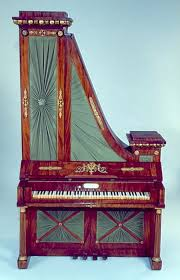
The History of the Piano in Austria
Because of the unsatisfied musicians over the volume level of the harpsichord, the Italian Bartolomeo Cristofori(1655~1731) created a music instrument with a plucking mechanism with a hammer, he called it Clavier, the first style piano was created around the year 1700. From the middle of 1700 many composers started to write music pieces for the new piano.
Mozart said on 2 June 1781 in a letter written in Vienna to his father in Salzburg that in Vienna was “doch gewiß, dass ist das Klavier Land”(certainly this is the Clavier land).
This was the time of the ‘Pianoforte’, which had prevailed against its predecessors, the Harpsichord, the Clavi cord, the Spinet and others: building on the perfection of the mechanics of the instrument by Gottfried Silbermann and Johann Andreas Stein. Mozart experienced Stein's pianos on his trip to Paris in October 1777 so it became a favorite piano in Vienna. Stein's daughter Nanette married the sound artist Johann Andreas Streicher. In 1794 the couple moved to Vienna and founded a piano factory in Vienna.

From about 1770 to 1830 there were over 200 piano makers and about 300 piano teachers in Vienna. Walter was the most important piano maker in the time of the Viennese Classicism, his instruments were appreciated by Haydn, Mozart, Beethoven and Schubert. From 1778 Leopold Kozeluch was based in Vienna, to whom the piano owes his breakthrough. Mozart had already composed piano works during his time in Salzburg; from 1782 he composed 18 piano concertos in Vienna, which he performed with great success until 1788.
When Ludwig van Beethoven moved his permanent residence to Vienna in 1792, a new boom in pianistic art began here; in December 1795 he played his Piano Concerto op.19. Soon Beethoven was also highly esteemed as a teacher; among his students were Karl Czerny, who gained the greatest importance and himself became a teacher of important pianists, for example Franz Liszt, he studied in Beethoven's apartment on a Walter piano. Czerny lessons became famous and are used up to now as a standard training for piano students. The most important piano makers of this time are Johann Schantz and Joseph Brodmann. Brodmann's workshop passed to his pupil Ignaz Bösendorfer in 1828.
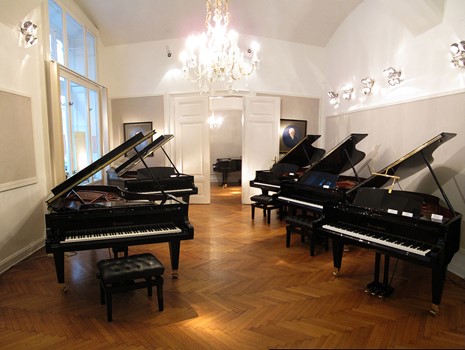
In the meantime, an important invention had succeeded in the technique of the instrument, the so-called repetition mechanics patented in Paris in 1821 by Sebastian Erhard, which made it possible to play tone repetitions ‘faster’. In August 1829, the 19-year-old Chopin came to Vienna from Warsaw for the first time and gave two concerts in the ‘Kärntnertor Theater’. He preferred instruments by Conrad Graf, which were also appreciated by Beethoven, Liszt, the Schumann couple and Brahms.
In Vienna, which developed into a centre of the piano, there were 92 piano makers in 1823 and 107 in 1845. Around this time, Martin Seuffert also built pianos. Important composers of the 19th century preferred instruments of ‘Viennese mechanics’. In 2008, the Japanese enterprise Yamaha acquires Bösendorfer.
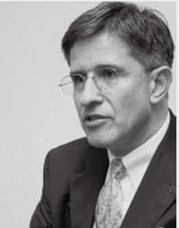
글 | 볼프강 슬라빈스키 Wolfgang Slawinski
서울명예시민
한·오스트리아협회 부회장

